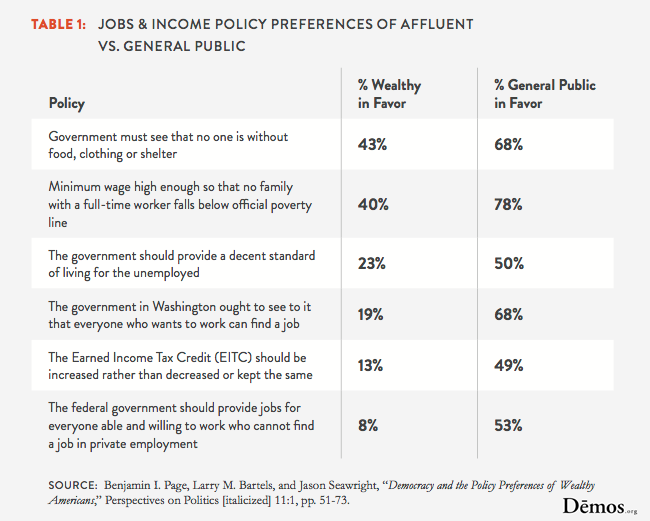Income Tax Issues Facing Dividend Growth Investors Part 1
Post on: 3 Май, 2015 No Comment

Summary
- Paying taxes is usually unavoidable for most investors, but there are ways to avoid being over-taxed.
- If you have a taxable investment fund, investing in stocks with qualified dividends will help reduce your tax burden.
- Tax computation can be complex, so be sure to get help from a tax professional or use a tax software.
Originally published on May 13, 2014 .
Occasionally, I run into comments on SA that are dealing with income tax issues. It seems at times there are endless arguments concerning how much folks in the U.S. are taxed on capital gains, foreign taxes, dividend income, social security taxes and etc. I am no tax expert, but I do know how to read. You only need to consult the proper IRS publication to get an explanation regarding the particular subject.
In the case of Investment Income and Expenses you should check out IRS Publication 550. This publication gives you help in figuring your Capital Gains and Losses. Also it will answer the questions of how much tax you will owe on your Capital Gains, Interest Income, and Dividend Income. Of course, none of this applies to you if you hold all your stocks in IRA’s, 401k’s and the like.
While reviewing the above publication I ran into some very interesting information regarding Dividend Income taxes that should be of great interest to us Dividend Growth Investors. On page 20 you will find the following information.
The maximum rate of tax on qualified dividends is:
0% on any amount that otherwise would be taxed at the 10% or 15% rate.
Did you get that? No tax on qualified dividends if your marginal tax rate is 15% or less. So, keep your tax rate in the 15% bracket or less and there is no tax on your qualified dividends. You are probably now interested in knowing what constitutes a qualified dividend and where does the 15% bracket end.
For a stock to qualify for qualified status it must meet two criteria. First, the dividends must be paid by a U.S. Corporation (with some exceptions) and certain foreign corporations. Secondly, there is a required holding period.
Dividends that are not qualified are from corporations that are tax exempt. This would include dividends from Real Estate Investment Trusts (REITs). Also, during tax season your dividends must show up on a 1099-DIV with the qualified amount shown in box 1b.

Remember there is also a holding period that must be observed in order for your dividends to receive qualified status. For ordinary stocks the holding period is 60 days during the 121 day period that begins 60 days before the ex-dividend date. The publication gives you plenty of examples on how this works. In the case of preferred stock you must have held the stock for more than 90 days during the 181 day period that begins 90 days before the ex-dividend date. If you are a long term investor you shouldn’t have any trouble with these holding periods.
Now, how do I know if I’m in the 15% tax bracket or less? You will need to check out the 2014 Tax Rate Schedules to get an idea into which tax bracket you fall. So, if you are married and filing jointly, look at Tax Schedule Y-1. The first column heading reads If your taxable income is: Over -. Underneath you will find dollar figures ranging from Zero to 457,600. Find the figure 18,150 then look across the table to the 3rd column to find the figures 1815 + 15%. In column four you will find a dollar figure of 18,150. This indicates that you will pay 15% tax on every dollar you make over $18,150 up to the next bracket of $73,800. Bottom line, if your taxable income is less than $73,800 or adjusted gross income is less than $94,100, you would not be liable for taxes on your qualified dividends. However, keep in mind that the adjusted gross income amount used in this example can change based on filing status, exemptions claimed or deductions.
Here’s a simple example how this might work for a married couple filing jointly with an earned income of $40,000 and qualified dividends of $10,000. Total adjusted gross income = $50,000. Their standard deduction (for year 2014) would be $12,400 and their personal exemptions would equal $7900. Subtract these from $40,000 and you are left with $29,700 taxable income. Their tax would look like this.
10% of $18,150 = $1815
15% of $ 1550 = $ 233
0% of $10,000 = $ 0
Total Tax = $2047
If their dividends had not been qualified dividends this imaginary couple would have paid an additional $1500 in taxes.
So check your portfolio to make sure you are taking advantage of qualified dividends and then ensure you are properly filing your tax return to take advantage of this special part of the tax code. Also, go to the nearest IRS office and pick up your own copy of Publication 550 and check it out for yourself.
In my next segment I will write about how we can lessen the tax bite on our capital gains.
Disclosure: none.
Disclosure: The author has no positions in any stocks mentioned, and no plans to initiate any positions within the next 72 hours. (More. ) The author wrote this article themselves, and it expresses their own opinions. The author is not receiving compensation for it (other than from Seeking Alpha). The author has no business relationship with any company whose stock is mentioned in this article.














